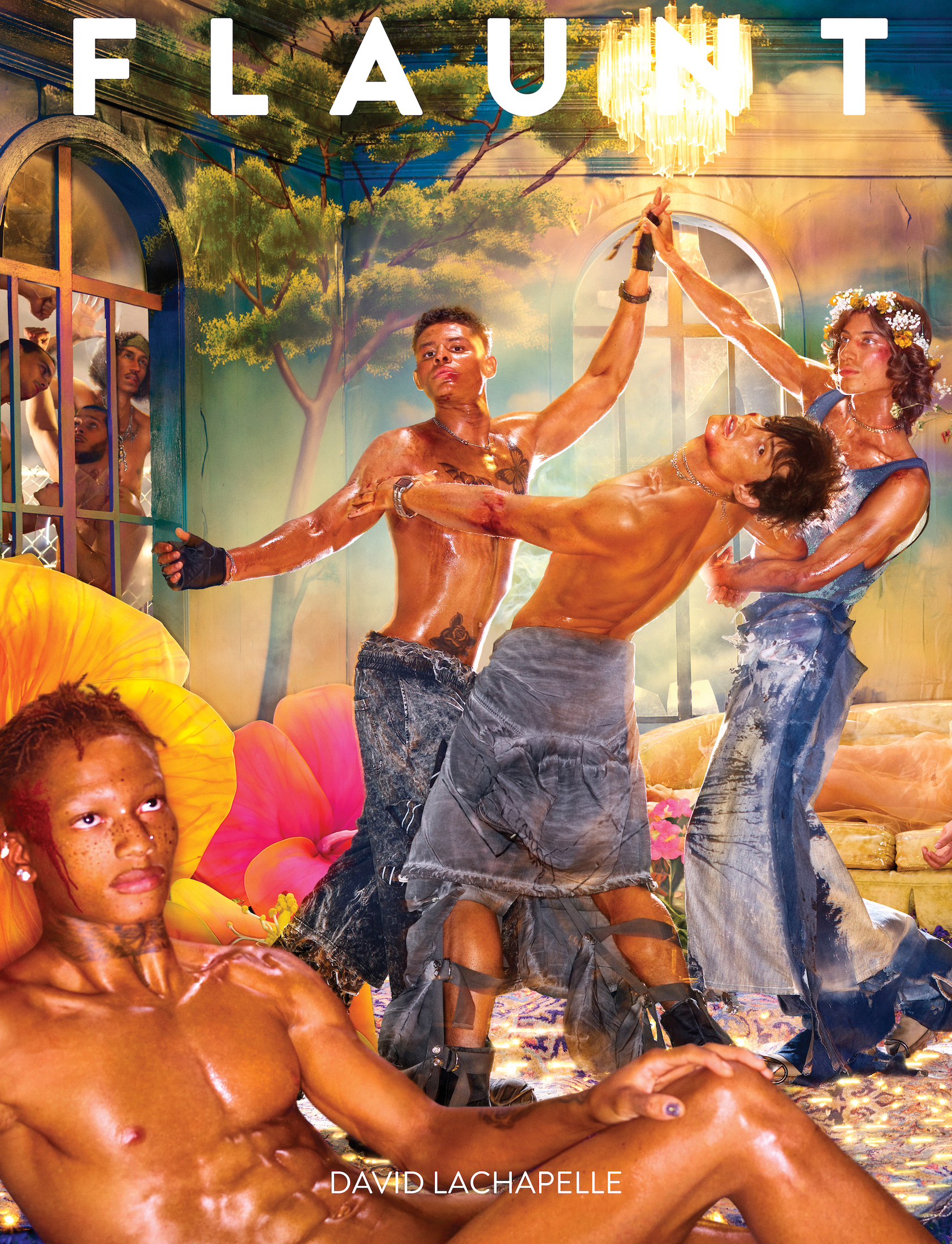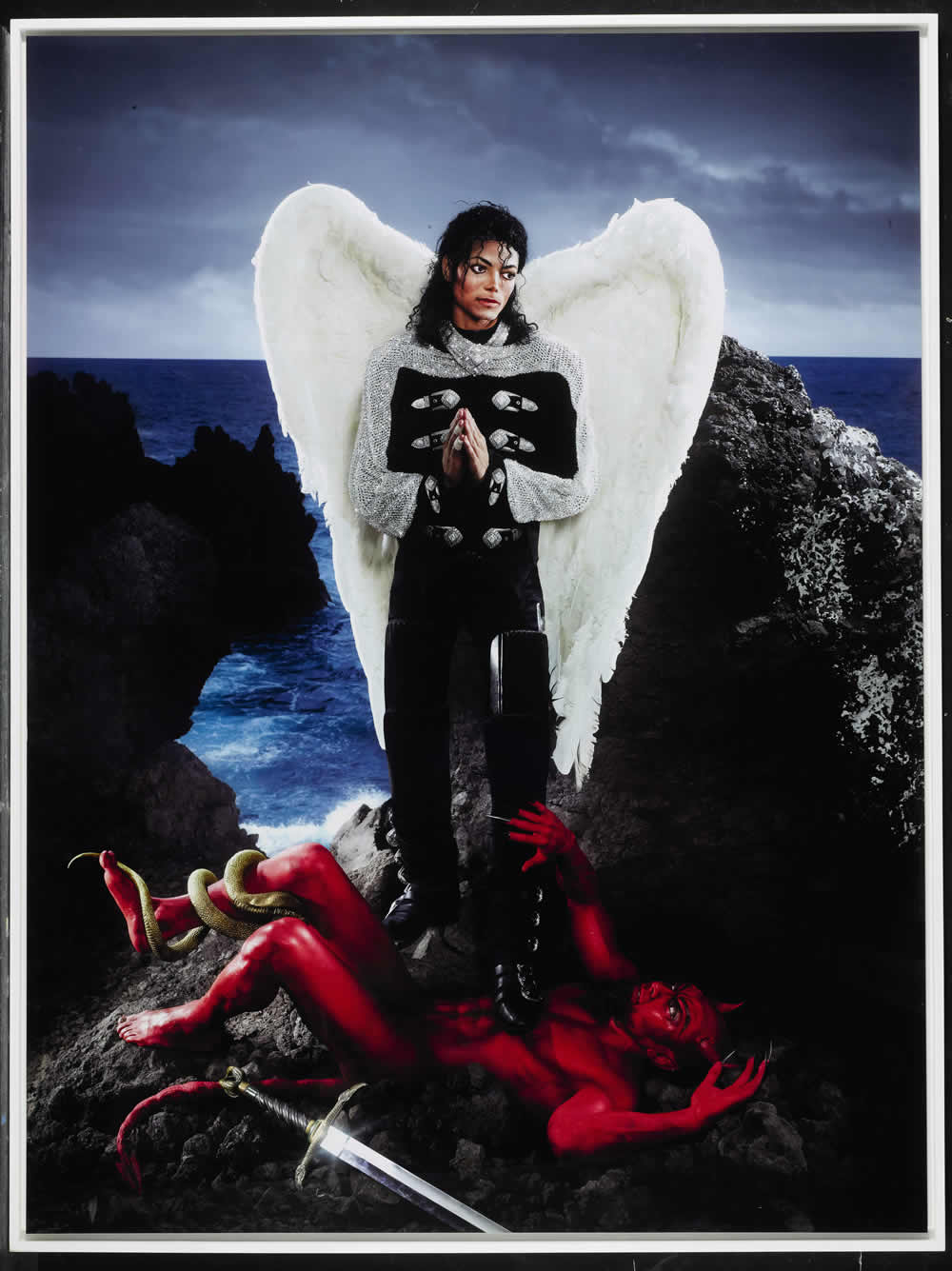1. The only way I can describe my initial reaction to LaChapelle's work is "weirded out". His work is of good quality and it's compositionally interesting, but it's incredibly bizarre, and just not the type of art I typically enjoy.

2. David LaChapelle is a commercial photographer because he photographs mainly celebrities for magazines to promote their image and allow the magazine to profit.

3. Marino Testino's portraits of celebrities are very tame compared to LaChapelle's. He has also worked for popular magazines such as Vogue and Vanity Fair, but his images follow the mainstream: they capture celebrities in all their glory and glamour, perhaps adding a bold feauture or two. LaChapelle, on the other hand, magnifies the bold features and makes them the theme of his work. I'm not a huge fan of either of their works, but I don't hate them, either. There is clear craftsmanship involved for each, and I respect that, even if LaChapelle's is a little unsettling.


4. A hallmark of LaChapelle's work is the contrast of a bright, bold, luxurious figure set against a natural, sometimes harsh, environment as the background. If someone were to remake his work, I believe they would use places ravaged by war, climate change, natural disaster, etc. as the background, while still keeping the materialistic figure as the focal point. This would emphasize the discrepancy between first world materialism and third world poverty, making a beautiful picture as well as sending an important political/social message.

5. LaChapelle's quote concisely encapsulates the bold themes of his photographs, and offers an explanation as to why he chooses to make them so bizzare and bright. His pictures really do tell a story as well as, and perhaps even better than, the written word can.
Comments
Post a Comment